Frequently Asked Questions
Medical Review Officer (MRO) – A Medical Review Officer (MRO) is a person who is a licensed physician and who is responsible for receiving and reviewing laboratory results generated by an employer’s drug testing program and evaluating medical explanations for certain drug test results. The MRO receives the laboratory drug test results from the lab and reports the results to the employer. Many TPA’s have in house MRO’s working for them. For Federal Programs, DOT programs and under many State laws and State law programs the MRO must be trained, qualified and certified by a nationally-recognized MRO certification board or subspecialty board for medical practitioners in the field of medical review of DOT-mandated drug tests.
The MRO is required for testing for Federal Agency employees, DOT testing programs and under many State laws and State law programs. It is a best practice to use an MRO for all workplace laboratory drug testing.
TPA stands for third party administrator and C/TPA stands for Consortium/ third party administrator. There are terms used to describe those in the business of drug and alcohol testing programs.
The TPA puts together all of the services employers need to manage a drug testing program including collectors, collection sites, BAT’s, STT’s, Laboratories, Medical Review Officers (MRO’s), SAP’s, EAP Programs, random testing programs and overall drug testing program management.
The term Consortia/Third Party Administrator was coined by DOT with the rewrite of 49 CFR Part 40 back in 2001. C/TPA’s providing DOT drug & alcohol testing services should be intimately familiar with program 49 CFR Part 40, read it over and read it over again.
In 49 CFR Part 40 the C/TPA is defined as: A service agent that provides or coordinates the provision of a variety of drug and alcohol testing services to employers. C/TPAs typically perform administrative tasks concerning the operation of the employers’ drug and alcohol testing programs. This term includes, but is not limited to, groups of employers who join together to administer, as a single entity, the DOT drug and alcohol testing programs of its members.
The term consortium came about as a result of smaller companies needing TPA services to effectively comply with the DOT drug and alcohol regulations, specifically random testing.
The TPA puts together all of the services employers need to manage a drug testing program including collectors, collection sites, BAT’s, STT’s, Laboratories, Medical Review Officers (MRO’s), SAP’s, EAP Programs, random testing programs and overall drug testing program management.
This person must have demonstrated the necessary knowledge, skills, and abilities by (1) regularly conducting DOT drug test collections for a period of at least one year; (2) conducting collector training under Part 40 for at least one year; or (3) successfully completing a “train the trainer” course.
These are the qualifications a collector must meet to be able to monitor and evaluate a DOT collector’s proficiency demonstration – mock collections.
Qualification training must include instruction on (1) all steps necessary to complete a collection correctly and the proper completion and transmission of the Custody and Control Form (CCF); (2) problem collections such as shy bladder and attempts to adulterate a specimen; (3) fatal flaws, correctable flaws, and how to correct problems in collections; and (4) the collector’s responsibility for maintaining the integrity of the collection process, ensuring the privacy of employees being tested, ensuring the security of the specimen, and avoiding conduct or statements that could be viewed as offensive or inappropriate.
Proficiency demonstration consists of completing five consecutive error-free mock collections. The five mock collections must include two uneventful collection scenarios, one insufficient quantity of specimen scenario, one temperature out of range scenario, and one scenario where the donor refuses to sign the CCF and initial the specimen bottle tamper evident seal. These mock collections must be monitored and evaluated by a person that meets the DOT requirements to do so (see #3). This person must attest in writing that the mock collections were error-free.
Among people aged 12 or older in 2021, 61.2 million people (or 21.9 percent of the population) used illicit drugs in the past year. See more detailed information here.
